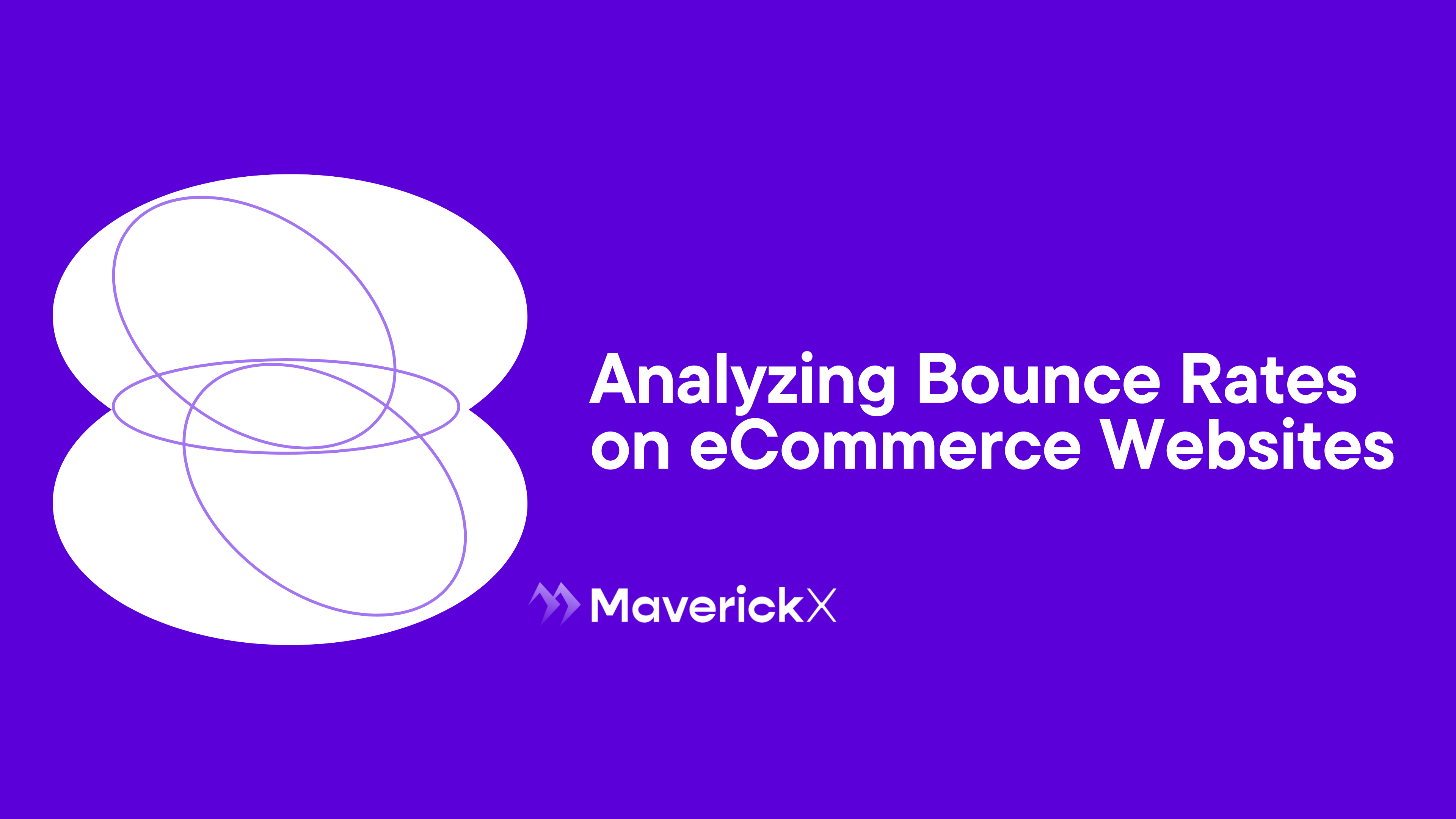
In the world of eCommerce, website performance is a critical factor in driving sales and customer satisfaction. One essential metric that offers insights into user engagement is the bounce rate. This factor represents the percentage of visitors who leave your site after viewing only one page. High bounce rates can suggest issues with content, navigation, or targeting, while lower rates often indicate more meaningful interactions. Let’s break down what bounce rates mean for eCommerce businesses and how you can optimize them to improve customer retention.
Article Contents
Bounce rate tracks the percentage of single-page visits where users leave the site without interacting further. For an eCommerce website, this is crucial because it may point to problems such as poor user experience (UX), irrelevant landing pages, or unqualified traffic. The bounce rate is calculated by dividing the number of single-page sessions by the total number of sessions.
For example, if 100 users visit your site and 40 of them leave without navigating to a second page or completing an action, your bounce rate would be 40%. This metric provides a snapshot of how effectively your site captures user interest upon entry.
Evaluating whether your bounce rate is favorable requires more than just checking the number. You need to contextualize it over time and across various sources. Has the bounce rate remained stable, or have there been significant fluctuations? Comparing year-over-year trends can reveal if user behavior is evolving in response to changes in your site design, marketing strategies, or external factors like shifts in search algorithms.
A bounce rate that changes drastically without any significant adjustments on your end may indicate a technical error. It’s vital to maintain a baseline of your site’s typical bounce rate to help identify any irregular patterns that require attention.
Though every site is unique, bounce rates tend to fall into a few broad categories. Let’s examine common ranges:
Several elements impact bounce rates, and addressing these can improve overall user engagement.
Improving your site’s bounce rate can significantly enhance user engagement and drive conversions. Here are some tactics to consider:
Monitoring your bounce rate over time is key to ensuring improvements. Use analytics tools to keep track of how users engage with your website, and adjust strategies accordingly. Don’t just focus on reducing the bounce rate; aim for meaningful interactions that guide visitors further into your sales funnel.
Bounce rates are a vital indicator of your eCommerce site’s effectiveness in engaging users. While every site has a different “normal” bounce rate, consistently monitoring and optimizing the factors that influence it will help you build a better experience for your customers. Balancing technical performance, UX, and targeted traffic will create a more engaging environment, driving both user satisfaction and revenue growth for your business.
To provide you with the best service, please fill out this form and provide as much detail as possible.